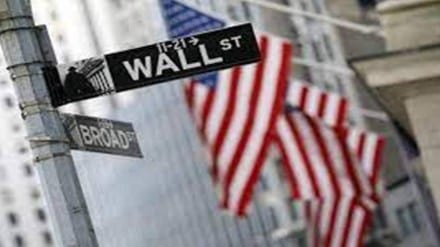Analysts are forecasting the closing level of the S&P 500 index for 2023 as the year 2022 comes to a close. The exact level of the S&P 500 in 2023 is impossible to predict but some analysts expect the index to rise further in the next year, with some predicting that it will reach 4,000 or higher by 2023.
The constituents of the S&P 500 are all large-cap US stocks that represent a fair representation of the sectors of the US economy. S&P 500’s 52-week range is 3,491.58 – 4,818.62. So far in 2022, the S&P 500 is down nearly 18% and is currently trading around 3878 levels with three trading days remaining this week. On Monday, December 26, 2022, the US stock market will be closed for the Christmas holiday. It remains to be seen whether a Santa Rally will come this year or not.
Also Read: US market set for a Santa rally in stocks?
According to John Butters, Vice President and Senior Earnings Analyst at FactSet, industry analysts in aggregate predict the S&P 500 will have a closing price of 4,493.50 in 12 months. These forecasts vary greatly, as market strategists typically using a top-down approach disagree on whether the S&P 500 will close above or below 4,000 by the end of 2023.
This bottom-up target price for the index is calculated by aggregating the median target price estimates (based on the company-level target prices submitted by industry analysts) for all the companies in the index. On December 8, the bottom-up target price for the S&P 500 was 4,493.50, which was 13.4% above the closing price of 3,963.51.
However, it is important to note that industry analysts have historically overestimated the closing price of the index at the start of the year.
At the end of last year (December 31, 2021), the bottom-up target price for the S&P 500 was 5,264.51. Based on yesterday’s closing price of 3,963.51, analysts overestimated the price of the index by 33% at the start of CY 2022 as of yesterday.
Over the previous 20 years (2002 – 2021), the average difference between the bottom-up target price estimate at the beginning of the year (December 31) and the final price for the index for that same year has been 8.3%.
In other words, industry analysts on average have overestimated the final price of the index by about 8.3% one year in advance during the previous 20 years. Analysts overestimated the final value (the final value finished below the estimate) in 13 of the 20 years and underestimated the final value (the final value finished above the estimate) in the other 7 years. It is interesting to note that analysts have underestimated the final value in six of the past nine years (2013 – 2021).
However, this 8.3% average includes two years (2002 and 2008) in which there were substantial differences between the bottom-up target price estimate at the start of the year and the closing price for the index for that same year.
In 2002, industry analysts at the start of the year overestimated the closing price for the end of the year by 59%. In 2008, industry analysts at the start of the year overestimated the closing price for the end of the year by 92%.
Also Read: US stock prices fall in December despite the Fed slowing the pace of rate hikes
If the years 2002 and 2008 were excluded, the average difference (over the other 18 years) between the bottom-up target price at the start of the year and the closing price of the index at the end of the year would be 0.8%.
